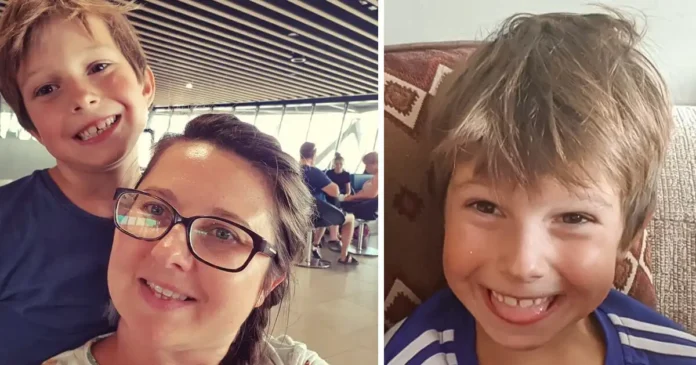
Lucas Jemeljanova, 13, has been the first person to be cured of diffuse intrinsic pontine glioma (DIPG), a deadly brain cancer, in a medical breakthrough that has stunned the entire globe. This incredible accomplishment has given many people fighting this uncommon and aggressive form of cancer hope.
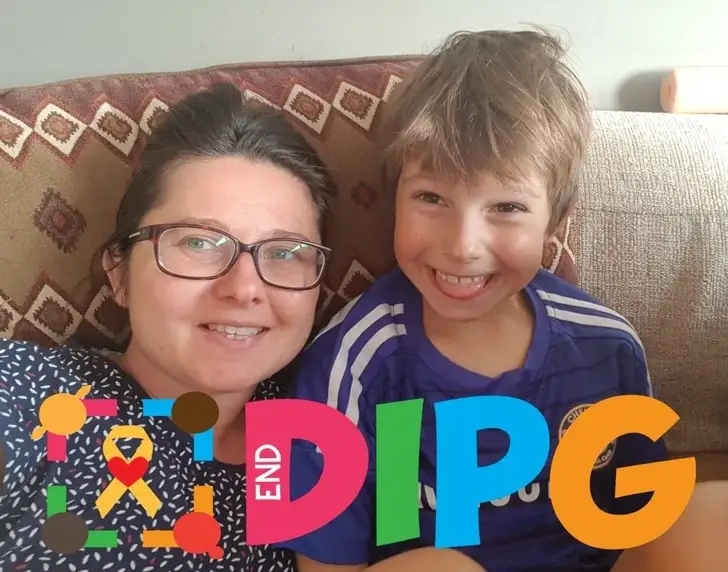
Lucas was diagnosed with DIPG at the early age of six. DIPG is an illness that usually bears a severe prognosis. Ten per cent of patients with this illness survive for longer than two years. Lucas and his family faced overwhelming odds when they set out on a mission that would ultimately result in a revolutionary medical breakthrough.
Lucas participated in a clinical trial in which he was allocated at random to receive a chemotherapeutic medication that had not been used to treat DIPG before. Although it proved effective in treating other types of cancer, its effectiveness against DIPG was mainly unknown.
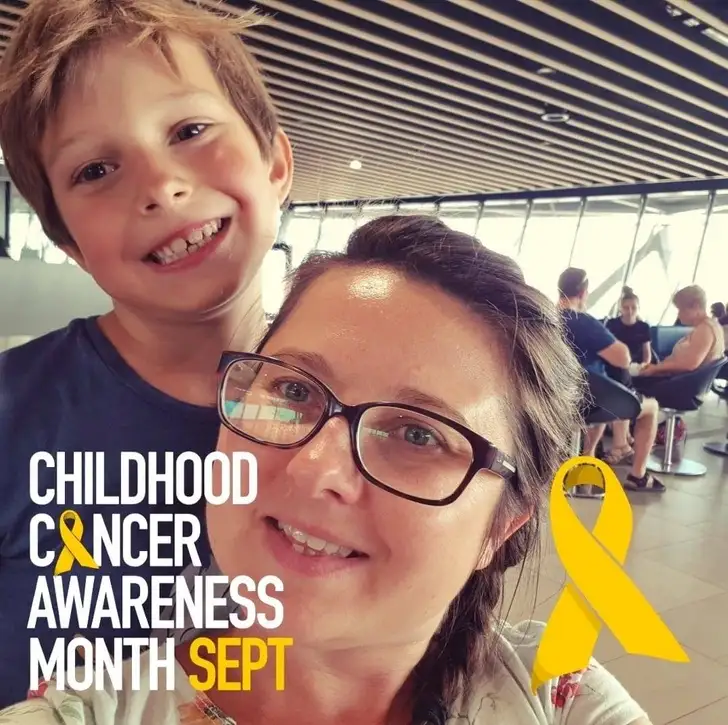
Lucas responded favourably to the treatment, defying all expectations, and his tumour eventually disappeared. After five years of formal remission, Lucas, now 13 years old, is a ray of hope seven years later.
Lucas’s doctor, Dr. Jacques Grill, who also oversees the Gustave Roussy Cancer Center’s brain tumour programme in Paris, said that Lucas’s case defies the odds and gives other DIPG patients genuine hope. Because of his incredible recovery, there is hope not only for Lucas’s future but also for the many children worldwide with similar diagnoses.
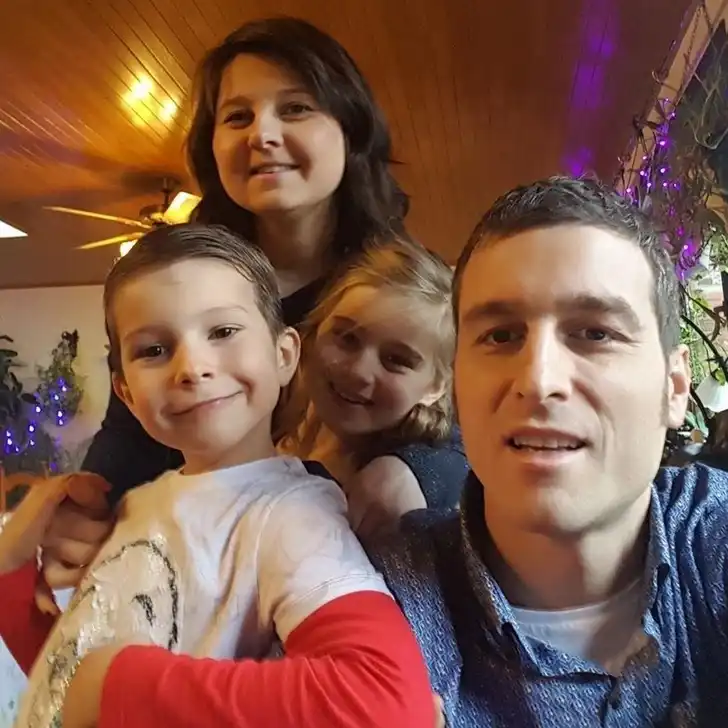
Lucas’s case is distinct due to his tumour’s distinct genetic composition as well as his exceptional response to treatment. Lucas’s tumour, according to Dr. Grill, has a very uncommon mutation that made it more vulnerable to the experimental medication. The secret to helping other patients achieve the same level of success as Lucas is to comprehend these genetic subtleties.
Without question, the search for a DIPG cure is a difficult and protracted one. In order to reproduce the cellular alterations seen in Lucas’s case, researchers are currently concentrating on identifying the genetic anomalies present in their patients’ tumours and investigating novel strategies such as tumour organoids, which are artificially generated cell masses resembling organs.
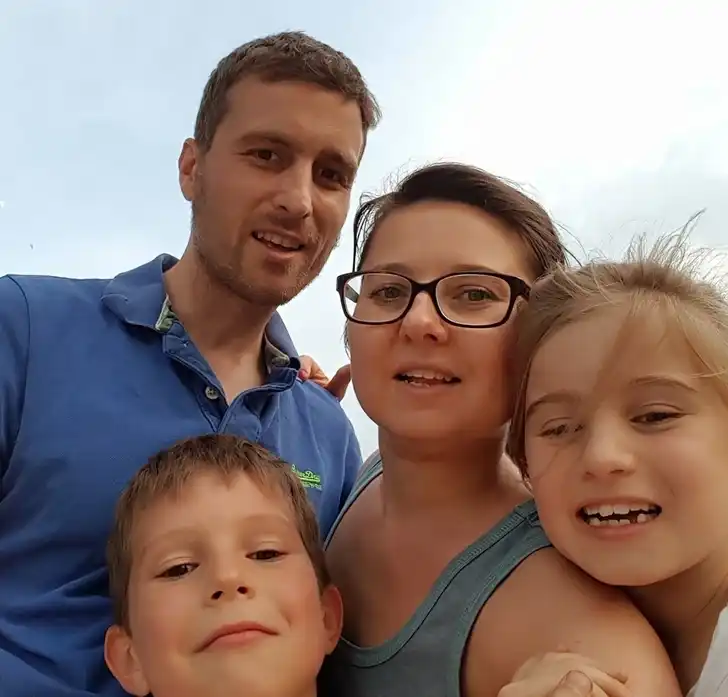
A researcher supervising the lab study, Marie-Anne Debily, stressed the significance of developing a medication that can replicate the actions seen in Lucas’s tumour cells. She did, however, provide a warning, noting that this is a difficult process that usually takes ten years or longer for a good lead to become a workable therapy option.
Even though the search for a DIPG cure may be difficult, Lucas’s inspiring tale demonstrates the strength of tenacity, creativity, and steadfast resolve of both families and medical professionals. While we commemorate Lucas’s victory over hardship, we are also reminded that a future free of DIPG might be possible with sustained effort and research.
